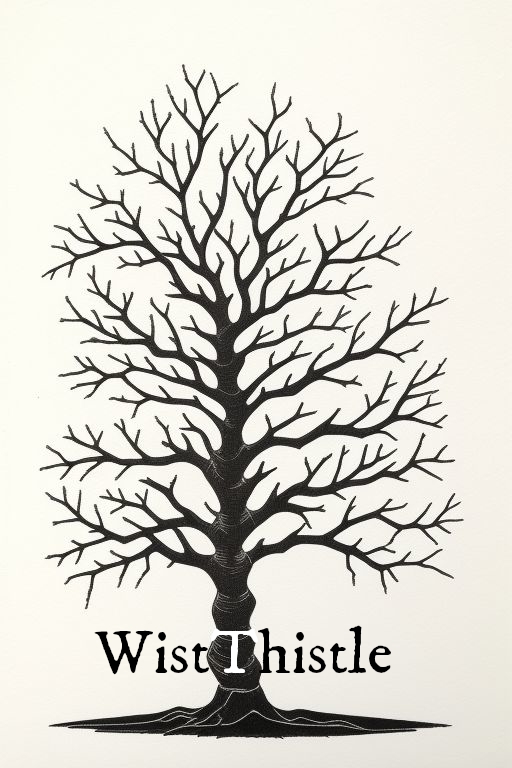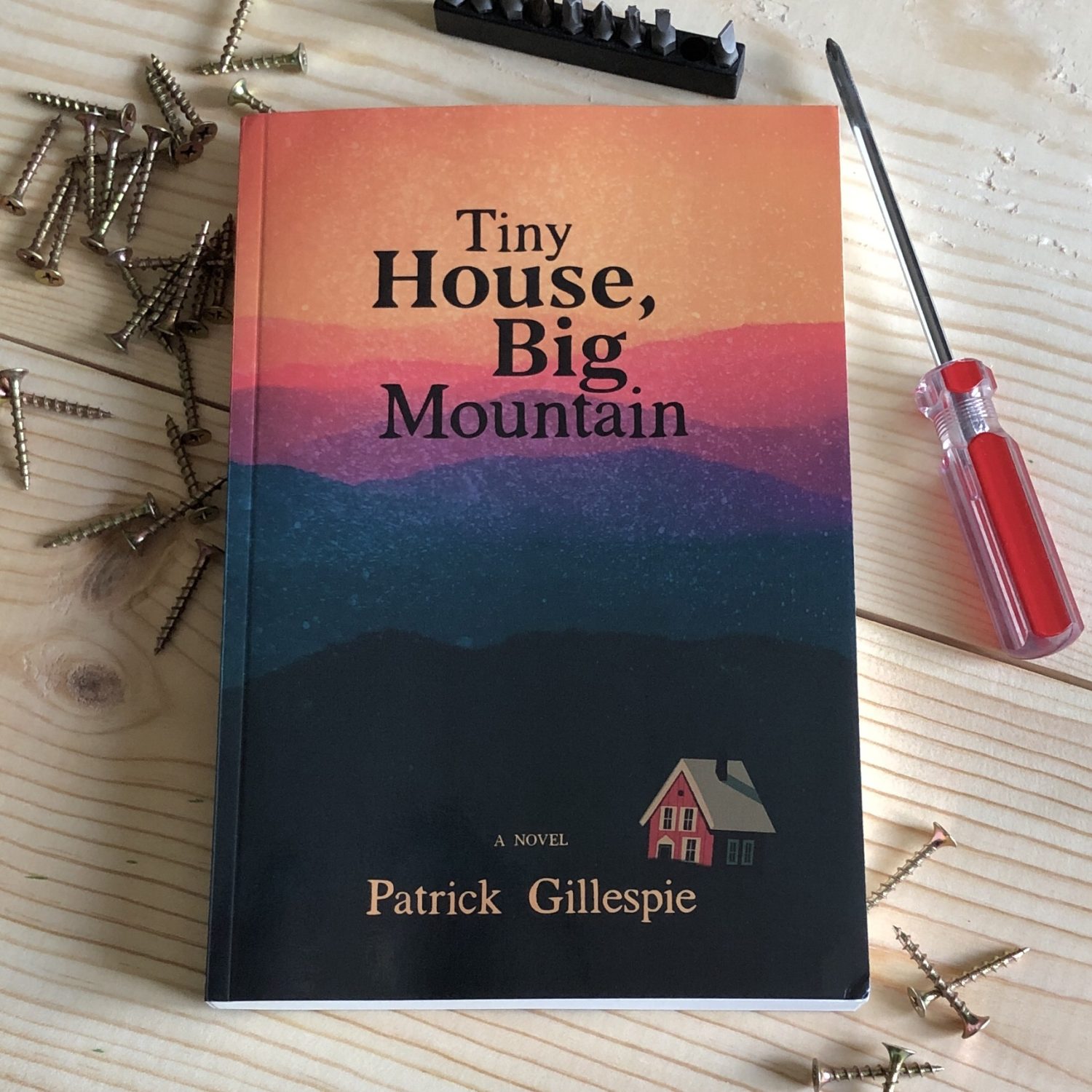I go to you as goes the sand
Forgetful of the hour,
As carried by the wind’s left hand—
A fragmentary flower.
I go as from the hardened limb
For it was never ours—
To be swept beyond the Earthly rim
Into the bowl of stars.
May 8th 2024
by me, Patrick Gillespie
My silence for the last few days has been the result of a back injury, caused by an attempt to walk. Walking—I had no idea—is a high risk activity. Do it advisedly. For the past week, it’s been a test of endurance to sit, stand, walk, or recline. Being flat on my back, it seems, is about the only way to heal without pain. This hasn’t stopped me from working, little by little, on Wistthistle: Along the Way. (The second book of my fantasy quartet, or tetralogy). The poem above is the result. Éhto recites the poem when she sees the desert for the first time, struck with awe, and sorrowful that she can’t be a peaceful traveler when her world is at war.
If it reminds a little of Dickinson, that’s deliberate. As mentioned before, Éhto borrows from Dickinson in her musings. Also: I get poets under my skin by getting under theirs. Writing like other poets to absorb their craft is a part of my art. In the current book I’m reading on Dickinson by Robert Weisbuch, he calls Dickinson an analogical poet. (Weisbuch’s book at Amazon is absurdly expensive but reasonable from ABEBooks—which is also owned by Amazon, incidentally.) If I understand him correctly, his argument is that Dickinson often doesn’t center her poems on a given subject, but around analogies. That’s part of the reason we’re often left wondering what she’s referring to. My own speculation is that the subject matter mattered less to Dickinson less than the emotions they gave rise to; and that analogies were a way for Dickinson and evoke these emotions. So, to borrow some academese: Dickinson is engaged in a different sort of “centering”—that of the emotional or psychic self in an analogical world (a world understood through analogy), rather than that of the physical self centered in an identifiable location or centered in a traditionally understood topic. An example, used by Weisbuch, is Dickinson’s famous poem, My Life had stood — a loaded gun. Each quatrain is a different analogy describing, in a sense, her emotional response to—what?—an affair?—her own poetry?—a set of beliefs? In a fascinating analysis, Weisbuch calls the poem a sort of refutation (counter to any other interpretation I’ve read). He writes: “An attitude which is portrayed elsewhere as an ennobling and self-fulfilling fidelity to an inspiring ideal here appears as a debasing servility [a destructive gun with no life of its own], a retreat from the integrity of struggle and doubt.” What’s important to Dickinson is the poetry of her emotional response (which can be applied to a great many experiences in life). Likewise, in her poem You cannot put a fire out, Dickinson never tells us what the “Flood” is that she cannot fold into a drawer. That’s not the point.
So…
In writing the poem above, my aim was to write something like an analogical poem.





